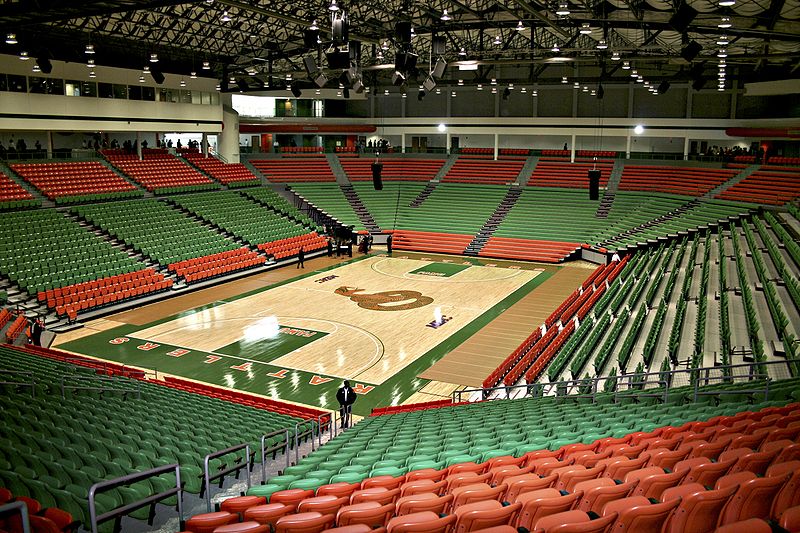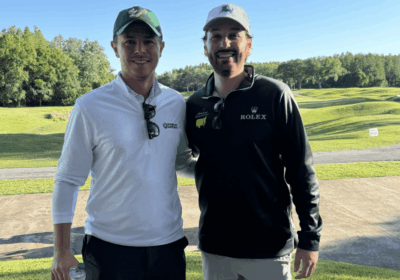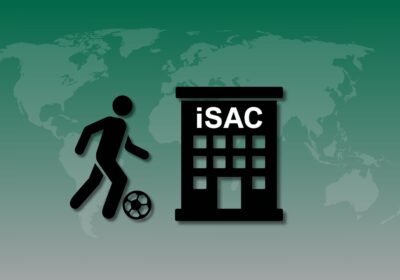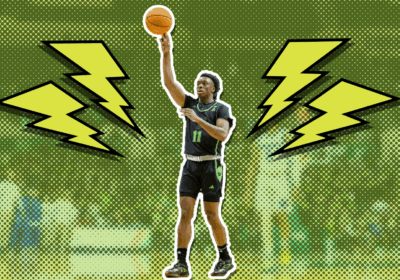How one decision could alter the college sports landscape

In the weeks following the murder of George Floyd, millions of Americans have coalesced to protest police brutality against African Americans and attempt to bring an end to the systemic racism that has plagued this country for centuries.
Athletes across the country and the world, regardless of sport or level of play, have played a significant part in trying to bring about changes they want to see.
Mikey Williams, an elite basketball recruit from San Ysidro High School in California, is considering taking action by making a move that could alter college sports forever.
Williams, a consensus top-three player in the class of 2023, divulged in a tweet June 2 that he is interested in possibly playing for a historically black college or university (HBCU).
https://twitter.com/glengarryblock/status/1267869043479810049
In the week following his tweet, Williams received offers from multiple HBCUs including Morehouse, Florida A&M, Hampton and Howard, along with offers from “blue bloods” — traditional elite basketball schools — Arizona and Kansas.
The 6-foot-2-inch rising sophomore received praise from NBA stars such as Carmelo Anthony, Lou Williams and Damian Lillard for his maturity.
“If [Williams] does that, it changes college sports,” Anthony said in an Instagram video, “because you have a young black kid who is at the top of his game who decides to go to a black university, that’s totally different.”
https://www.instagram.com/p/CBOjr0BJdVL/?igshid=1akls55rcb30y
Williams’ interest was solidified after he doubled down on his tweet in an interview with Bleacher Report’s Taylor Rooks, during which he revealed that he has family ties to HBCUs.
“I’ve always looked into going to an HBCU,” Williams said. “My mom went to Hampton, and she put it in my head early, with my social media following and influence I feel that I have a chance to change sports forever.”
As perhaps one of the most sought after high school basketball players since Zion Williamson, Williams — who went viral after scoring 77 points in a high school game earlier this year — is not only capable of potentially shepherding in a new generation of college athletics, but also bringing about a level of athletic and financial prosperity that HBCUs have not seen for decades.
Williams’ statements are especially relevant because they come during a period when HBCUs across the country are struggling to stay financially stable due to a lack of state and federal funding.
In 2010, only 9 percent of black college students were enrolled in HBCUs and that number has barely moved since, according to an article by The Hechinger Report. This stat would have been unimaginable during the mid-20th century when 18 percent of black college students were attending HBCUs in 1976.
From the time of segregation to the civil rights era and even into the 1970s and 1980s, these institutions were a haven for black student-athletes, and it was not rare to see truly great, generational talents come out of these institutions. Jerry Rice (Mississippi Valley State), New York Knicks legend Willis Reed (Grambling State) and tennis Grand Slam winner Althea Gibson (Florida A&M) are only a few all-time great HBCU products.
Things are different today, however. With media deals worth billions, college athletics has become a domain where predominantly white institutions (PWI) carry the most weight and profit on elite black athletes.
During his time at Duke, a period that didn’t even span a full year, Williamson was worth an estimated $5 million per year to the school based on media exposure, marketing deals and ticket sales.
However, Williams has made it clear that if a school is going to profit off of his accolades, he wants it to be an HBCU.
“A lot of athletes are so starstruck by big-name schools and coaches that they forget they control their own narrative,” Williams said in the interview with Rooks. “If there’s anybody that is getting paid from me being at their school I’d want it to be my own people.”
The reasons why elite athletes choose to attend PWIs are apparent. PWIs are constantly making upgrades to better their programs and attract top recruits. HBCUs are oftentimes unable to provide their athletes with the facilities and resources needed to prepare them for the professional level.
Grambling State, an HBCU in Louisiana known for its historic football program, experienced a 57 percent decrease in state funding over several years that made it difficult for the school to maintain, much less renovate, its football facilities, according to The Atlantic. Things got so bad at Grambling that the team staged a boycott that forced them to forfeit a game.
Meanwhile, three hours south of Grambling, LSU’s football program made a $28 million renovation to its locker room.
Williams’ potential decision has the ability to usher in an era that would see HBCUs begin to compete with their predominantly white counterparts.
In the 2017-18 season, Prairie View A&M was the top-earning HBCU in terms of athletic revenue with $18.5 million, according to USA Today. That is $27 million less than USF during that season and $201 million less than the University of Texas, which was the team that earned the most revenue that year with $219.4 million.
By getting top-end talent such as Williams, HBCUs would be able to receive larger shares of the NCAA revenue. As talent and competitiveness at these schools grow, so will the demand to see their athletes compete. In turn, HBCUs could see themselves earning larger cuts of those massive television deals and bring in more revenue.
In an era in which recruits have the power to influence the college decisions of other top talents, all it takes is the right recruit to be the trailblazer for a new age of college sports.
Williams could be that guy.
“Only God knows what the future holds,” Williams wrote in an Instagram post on June 3. “But when that time does come that I have to narrow my schools down to whatever number it is… there will be multiple HBCU’s on that list! And they won’t just be there for show.”
https://www.instagram.com/p/CA_POziJMMi/?igshid=1lia83s3alxe0







